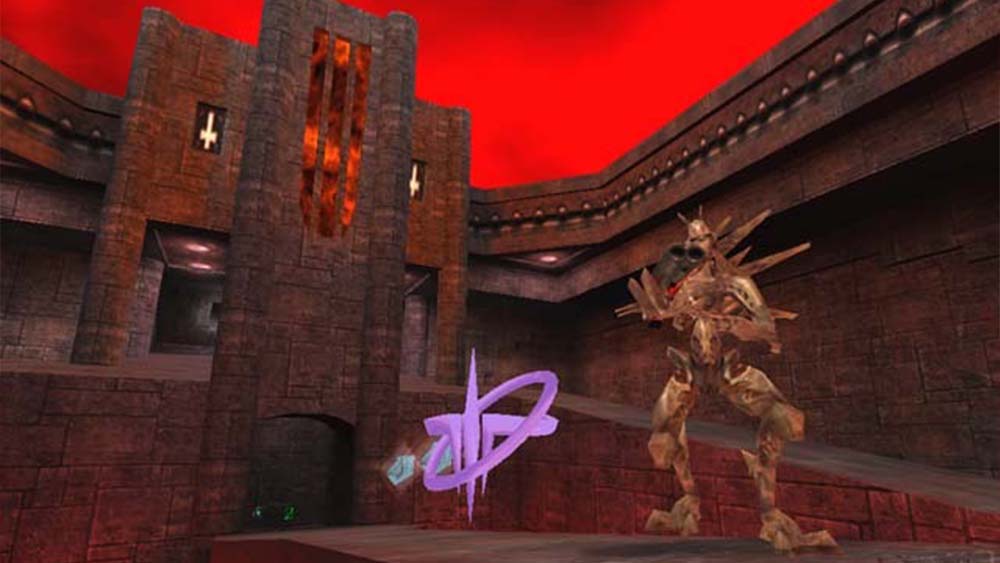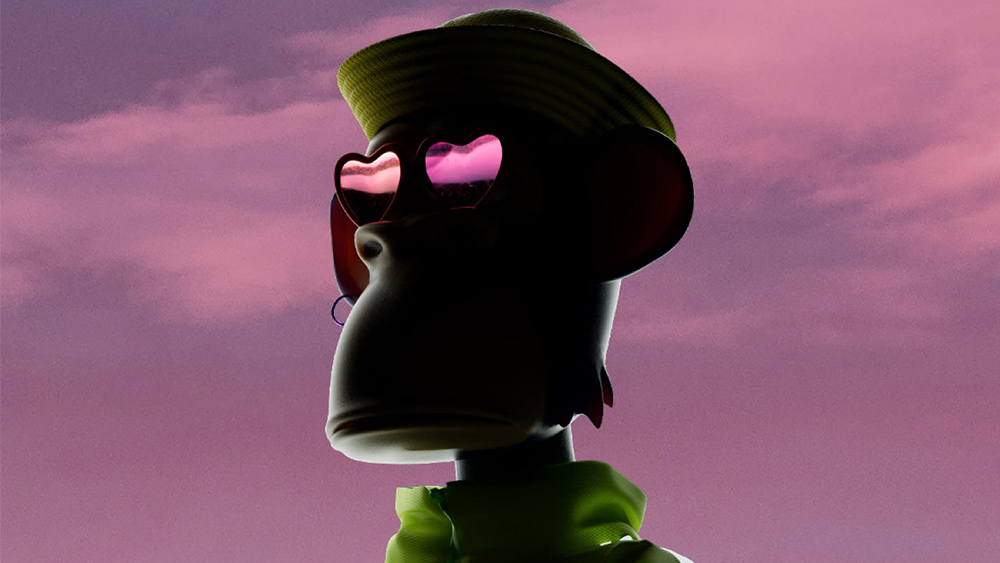
Graphic design trends don’t stop and start according to the calendar, and some should probably be taken with a grain of salt. But all designers need to at least be aware of the direction that design is going in (if only to explain to a client why a certain trend ISN'T right for them). Every year we have a stab at predicting the trends that will be hot in the next 12 months. Sometimes we get it wrong (we've been predicting VR hitting the mainstream since about 1997), but we can identify the concepts, themes and styles on the rise.
Graphic design trends are influenced by many factors, including changing tastes and fashions, as well as social and technological changes as design responds to the way we live and the products we interact with. So in this ever-evolving world, what will be the biggest graphic design trends for 2022? We've taken stock of what's developing right now and sounded out designers and branding experts for their opinions to compile the selection of eight trends below.
Need to update your software to keep up with the latest trends? Then see our guide to the best graphic design software. And for more on what we expect to be sharing design in 2022, see our guides to the key UX and UI trends for 2022, the most exciting web design trends for 2022 and our selection of NFT trends.
The 8 hottest graphic design trends in 2022
01. Simplified symbols

Brands continue to strip down, and in many cases flatten, their logos to make them more flexible for smaller digital uses as they realise what designers have been telling them since the dawn of time: simple is more memorable. Some brands were quicker than others to cotton on, with the likes of Google, Yahoo and Spotify simplifying their logotypes yonks ago, but in 2021 we saw brands including Volvo Cadillac and ABC flatten their logos, although admittedly not always to the most rapturous response.
In 2022, we expect graphic design to continue to explore simplified, flat symbols (although see number 8 later for a caveat to this). "A good, simple wordmark itself can have strong power, but I believe more symbol-based systems will become much stronger and more popular in the coming year," says Eric Park, motion designer at the strategy, design and communications company COLLINS. "A great symbol can contain a more unique personality, carry rich metaphors and deliver meaningful references for a brand. A concise and simple symbol can be easy to instantly memorise."
While some are tiring of minimalism, as we'll see in the next trend, it's worth remembering that a strong use of colour can make minimal designs more striking, After all, what makes the simple logos of Spotify and Google so memorable are their colours. We expect to see more experimental exploration of the limits of colour in minimal symbol systems and branding in 2022.
02. Anti-design
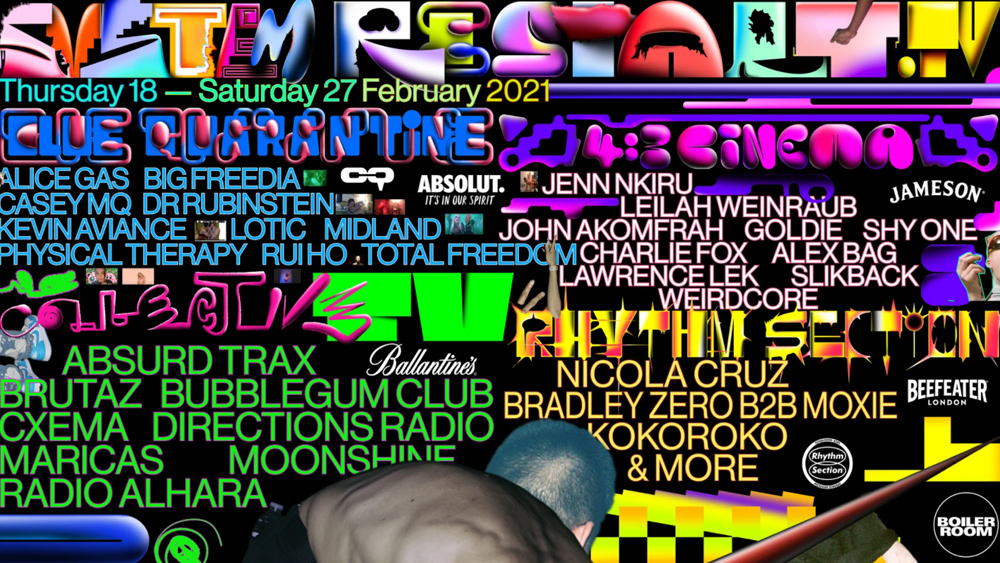
At the opposite end of the spectrum, there's a graphic design trend in 2022 that's eschewing minimalism completely. Whether it's a result of the Covid-19 pandemic or simple boredom, some people just aren’t accepting the neat, harmonious homogeneity that’s emerged from the conventions of app design with its emphasis on usability. Instead, they're turning to the influence of what's been described as a new anti-design: an anything-goes riot of clashing colours, types, irregular shapes and jarring collages.
Get the Creative Bloq Newsletter
Daily design news, reviews, how-tos and more, as picked by the editors.
This graphic design trend revisits the heady early days of the internet through the eyes of digital natives seeking to break the mould of cookie-cutter templates, even it means making design that's intentionally disorientating. "I think this is design evolving, also keeping in mind societal changes when it comes to things like social norms and even inclusion. Basically breaking barriers," says Jennifer Veguilla-Lezan of Bella+Sophia Creative Studio. “The nature of it says do what you want - screw what traditional design rules say and create beyond the “design box” we’ve been given."
There's method behind the apparent chaos when it's done right, and it makes sense at a time of intense competition for the digital audience's attention. Slovenian designer Nejc Prah went for a design "that felt a bit overwhelming" in his work for Boiler Room's System Restart festival to reflect the "diverse, overlapping, and constantly changing festival lineup," and it perfectly fit the post-lockdown mood.
While anti-design isn't quite the wild west, it does open things up for none designers to challenge traditional gatekeeper, Veguilla-Lezan believes. "It’s creating a more welcoming environment for those who aren’t 'classically' trained in design or who didn’t go to a big design school," she says. "Those people get to decide what they think feels good and they’re not tied to these social norms put on us without our permission. But you also have seasoned designers who know the rules and are intentionally breaking them for the same reasons."
03. 90s nostalgia
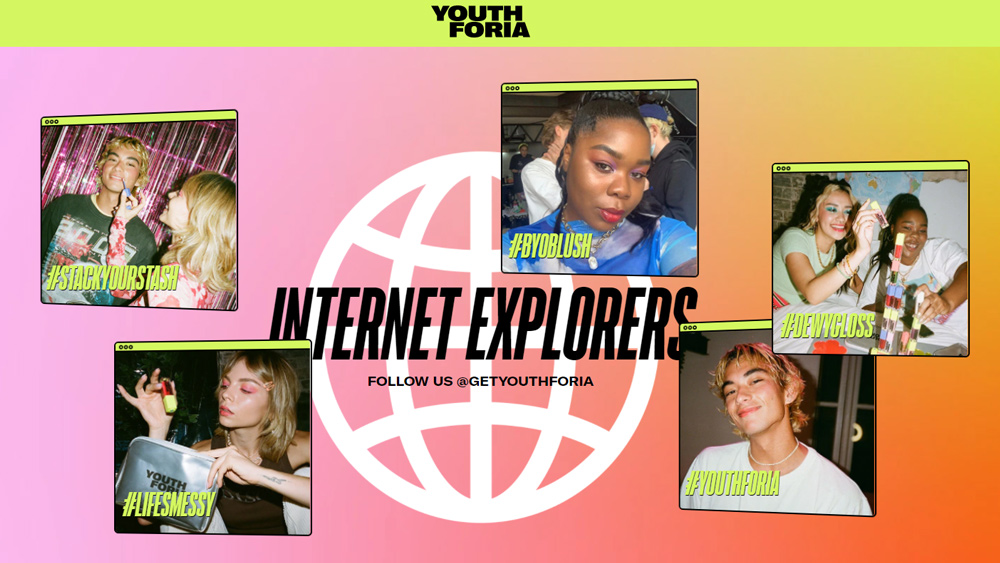
Yes, everything comes back round eventually, and sometimes it doesn't take so long. With the appearance of anti-design, we can't help think back to the hazy days of the 90s (GeoCities anyone?). We've seen 90s nostalgia emerging strongly in the past year, from Netflix’s Fear Street to Tamagotchi's resurrection in a smartwatch. Why now exactly? Perhaps partly because those who were young in the 90s are now in charge of making decisions, but there's also something comforting in the longing, idealized gaze backwards.
Of course, the nineties was a whole 10 years and didn't have just one aesthetic. Nineties nostalgia is manifesting itself in the use of Memphis design patterns, simple emojis, a primitive internet look, bright colour blocks, grainy textures and pixelated art, elements, that will feel all very familiar to some of us, but then there’s even what's been dubbed Frasurbane – a portmanteau of the 90s American sitcom Frasier and the word “urbane”. Largely associated with interior decor, it's making its way into graphic design too with elegant serif fonts, muted colours and careful placement for a sophisticated but cool maturity.
04. Ukiyo-e-influenced flat design
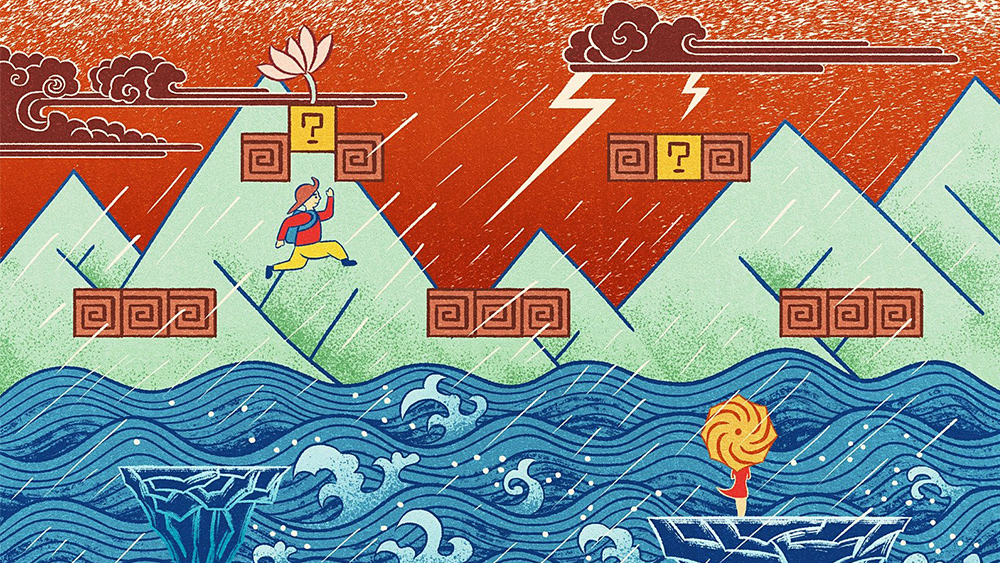
Another trend that moved from interior design to graphic design is so-called Japandi, a combination of Japanese design and Scandi hygge. It can be seen as an evolution of recent minimalism, adding some welcome warmth and incorporating nature-inspired elements while retaining a soothing sense of calm. It suits lifestyle branding, packaging, and website design perfectly.
Meanwhile, designers seeking to reinvigorate the flat vector artwork imposed by digital design standards are finding inspiration in past pioneers: the Ukiyo-e artists of Japan’s Edo Period. Printed using woodblocks, Ukiyo-e artwork used bold outlines, flat colours and limited perspective – sound familiar? The style can offer some much-need interest to contemporary flat design.
“I think designers are drawn to the style because of its whimsy and the yearning to find beauty in the world after so much darkness," Veguilla-Lezan says. "It kind of plays into the idea of getting lost in visual storytelling. It’s really organic in terms of the stylized way things are drawn which I think juxtaposes the flatness of the vector art we’ve all become accustomed to."
05. A more sophisticated eco vision
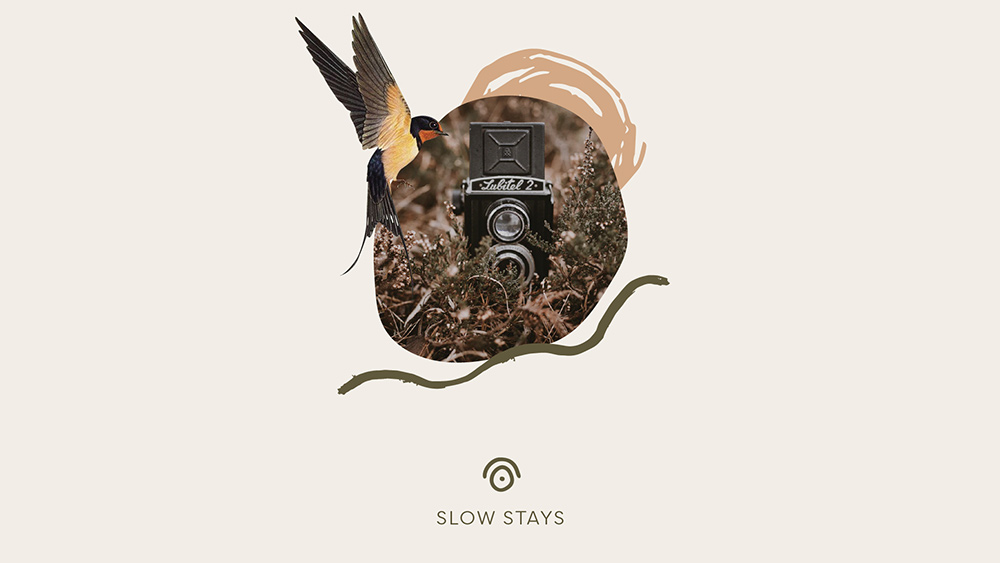
What's the colour of ecology? According to the paint company Sherwin-Williams it's #68a678A, it's eco-green colour. Any brand that wants to be associated with sustainability has thrown some green into its logo (we're looking at you British Rail) and plenty of companies were accused of greenwashing in the process. Fortunately, we're moving past that. Like other social developments such as inclusion, sustainability policies becoming the norm, communication is becoming less lime-coloured.
"Inclusion and sustainability are no longer gestures but the actual driving forces behind a lot of businesses," says Aliana Orellano, creative director at Hermana Creatives. "Customers and brands both now actively expect it to play a greater role in brand communications."
She says can expect to see a more stylish but honest take on environmental themes with minimal icons, unexpected colour palettes, and background textures that refer to sustainability in an organic way. One corollary of might be a reaction against technology. "Although we design social media content to be viewed on smart phones, we have clients saying they no longer want to see technology in their content," she says. "Instead of influencers taking selfies or working on their laptops, they want to show people actually paying attention to the world around them."
06. 3D and 2D mashup
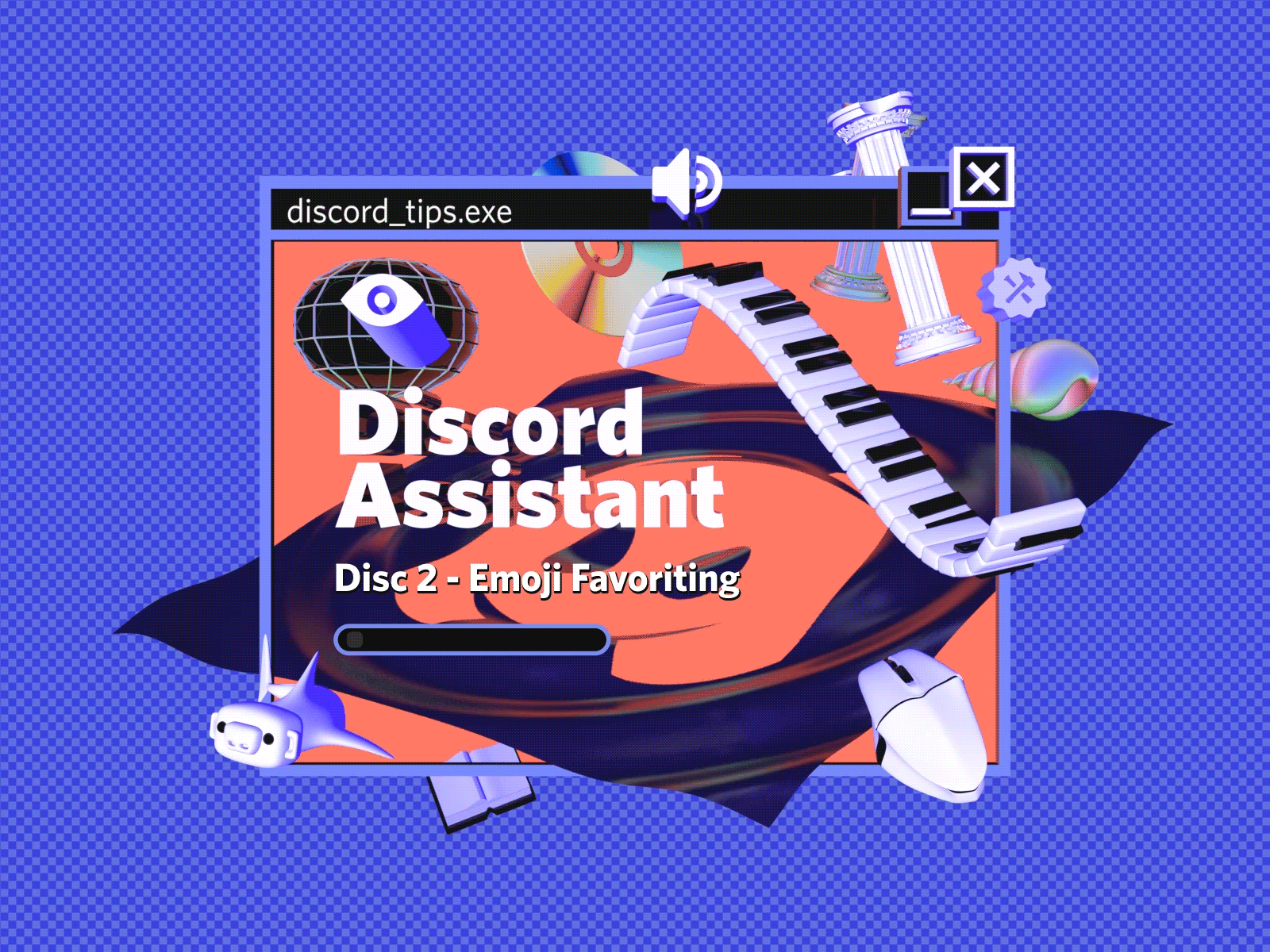
Unless you've just joined up direct from palaeolithic times, you'll have noticed that flat design has been something of a graphic design trend over the past few years, while 3D has also been a thing, and the two worlds are increasingly meeting each other. Partly that's thanks to software like Blender, Procreate and Spline, but there are also financial considerations, says Park at COLLINS.
"You need a workable budget to do great 3D because bad 3D work is so easy to do. Worse, it's now absolutely everywhere. The world doesn't need any more retina-burning 3D visuality," he says. "The way I see it, 2D and 3D mashups will become stronger and more promising this coming year. "3D can fill the lack of depth and add allure for 2D design, and 2D integration will help cover the speed, time and budget. It can be just good as - and even more aesthetically inspiring to me - than just 3D alone.
Even adding a single 3D object into a 2D design can add interest, and the combination is also being used in animated logo designs, which we highlighted in our list of the key UX and UI trends for 2022. "I like to mix this stuff all together in flexible, odd, strange, weird, even ugly ways, and it helps my crew at COLLINS create and bring much more interesting results to our client work," Park says.
07. Unlikely collabs
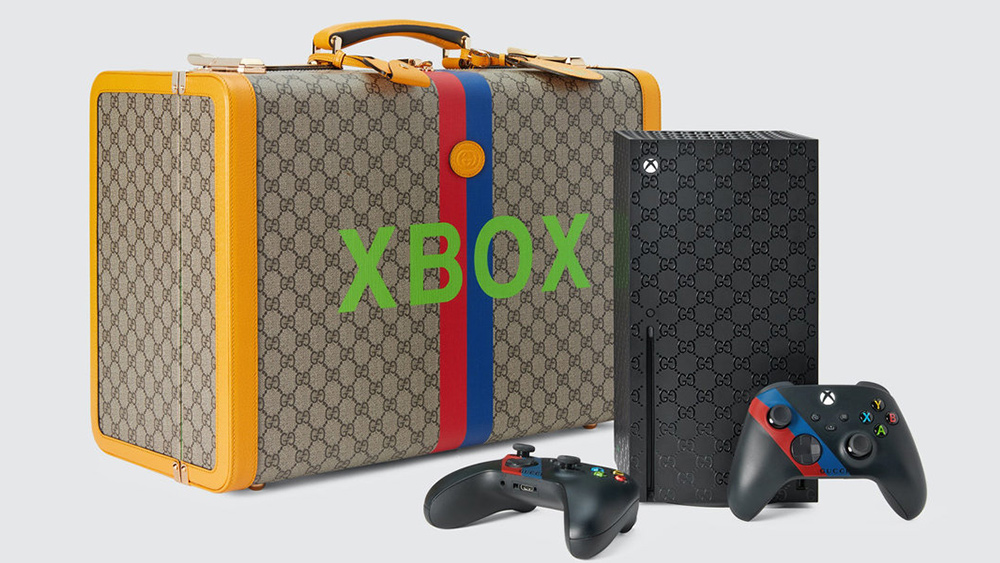
One thing brands have realised in the last couple of years is that unlikely collaborations can keep them in the news – and the more unlikely the more newsworthy. In 2021, we had X-box x Gucci, we had IKEA and LEGO, we had Diplo's psychedelic Crocs. What on Earth will we see in 2022? KFC x Apple? Crocs x Oreo? Pizza Hut Tastewear x Balenciaga? Spin the wheel and imagine what the result would look like.
This trend has been seen most in product design. But graphic designers will also find themselves involved in the madness, especially now brands have realised that an unlikely collaboration can sell as an NFT. On which note...
08. The Metaverse

The one concept that's found its way onto almost everyone's list of graphic design trends in 2022 is the elusive metaverse. It's been highlighted by everyone from Adobe to Depositphotos as a trend to watch. What will this universe of avatar-inhabited virtual environments look like and what will we be able to do there? That's not entirely clear yet, but then that's part of the fun. In theory, any design that can exist in real life, from billboards to T-shirts can live in the metaverse, but there could be more we haven't imagined. Adidas announced its entry into the virtual space with an NFT collection in collaboration with Bored Ape Yacht Club and then hooked up with Prada to invite creators to contribute to a collaborative NFT project.
The metaverse is where some of the trends we've mentioned above may start to unravel. While we've mentioned a reaction against technology, the reality is that people aren't going to stop using their phones, and will probably be connected even more, or in new ways. And while some brands are still just flattening their logos for digital use, they may well find that in the digital metaverse, they'll want to go back to 3D. The logo for Meta (still Facebook to everyone else) was designed to work both in 2D and as a fully 3D logo that can be explored in virtual reality and "dynamically live in the metaverse". Whatever it turns out to look like, the metaverse could open up new possibilities for animators and illustrators, and of course, graphic designers.
Read more:
- The best laptops for graphic design: Get the top kit
- The must-read graphic design books
- 15 essential tools for graphic designers in 2022

Thank you for reading 5 articles this month* Join now for unlimited access
Enjoy your first month for just £1 / $1 / €1
*Read 5 free articles per month without a subscription

Join now for unlimited access
Try first month for just £1 / $1 / €1

Joe is a regular freelance journalist and editor at Creative Bloq. He writes news, features and buying guides and keeps track of the best equipment and software for creatives, from video editing programs to monitors and accessories. A veteran news writer and photographer, he now works as a project manager at the London and Buenos Aires-based design, production and branding agency Hermana Creatives. There he manages a team of designers, photographers and video editors who specialise in producing visual content and design assets for the hospitality sector. He also dances Argentine tango.
